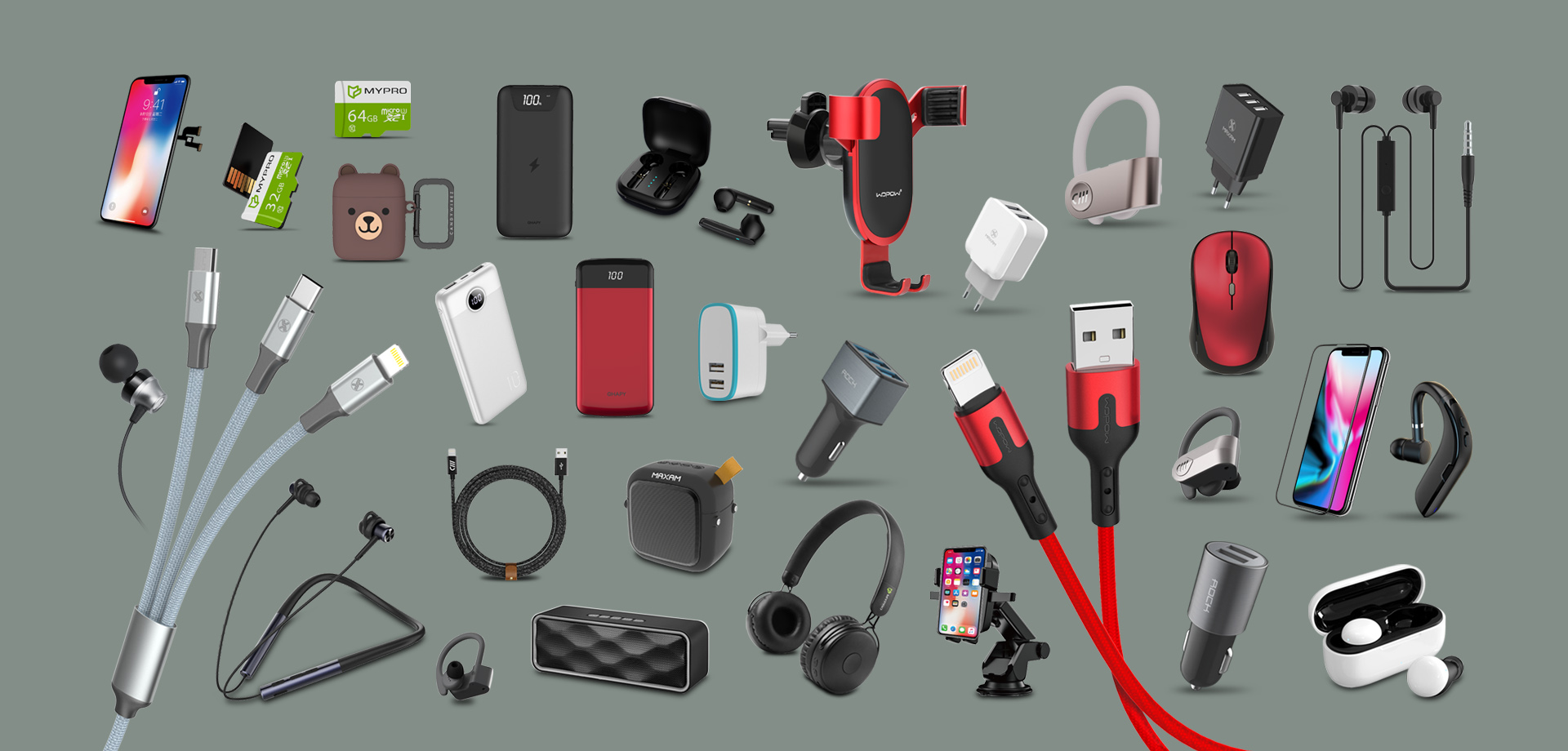For small and medium-sized businesses (SMBs), competing with larger companies can be challenging due to limited budgets, resources, and market access. However, sourcing products from China offers a practical solution to overcome these challenges. China’s well-developed supply chain, cost advantages, and advanced manufacturing capabilities provide SMBs with the tools they need to level the playing field.
This blog explores how SMBs can use China sourcing to improve competitiveness, optimize costs, and access innovative products, even without having a local office in China.
1. Cost Advantages for SMBs
Cost reduction is one of the primary reasons SMBs turn to China for their sourcing needs. By leveraging China’s cost-effective manufacturing processes, SMBs can:
- Reduce Production Costs:Labor and material costs in China are typically lower than in Western countries, allowing SMBs to produce goods at a fraction of the price.
- Access Economies of Scale:Even for small orders, Chinese manufacturers often offer competitive pricing due to their large-scale operations.
- Save on Tooling Costs:Factories in China often have pre-existing molds and tools, reducing the need for SMBs to invest in expensive custom tooling.
For example, an SMB sourcing power banks from a Chinese supplier could achieve 20–40% cost savings compared to domestic production, significantly improving profit margins.
2. Access to Advanced Technology
Many Chinese manufacturers are at the forefront of innovation, offering SMBs access to advanced technologies that may be unavailable or unaffordable elsewhere. Key examples include:
- IoT Integration:Factories specializing in IoT devices can help SMBs create smart, connected products tailored to niche markets.
- Customization Capabilities:Chinese suppliers often provide OEM (Original Equipment Manufacturer) and ODM (Original Design Manufacturer) services, allowing SMBs to produce unique, branded products.
- Rapid Prototyping:Factories in China can quickly produce prototypes using cutting-edge technologies like 3D printing and CNC machining, enabling SMBs to test and refine products efficiently.
This access to technology allows SMBs to compete with larger companies by offering high-quality, innovative products to their customers.
3. Flexible Order Quantities
Unlike larger manufacturers in other regions, many Chinese factories are willing to accept smaller order quantities, making them ideal partners for SMBs. This flexibility is crucial for businesses that need to:
- Test New Products:SMBs can order small batches of a product to test market demand before committing to larger production runs.
- Reduce Inventory Risk:Smaller order quantities help SMBs avoid overstocking, which can tie up valuable capital.
- Diversify Product Lines:SMBs can experiment with multiple product variations without incurring high costs.
For instance, a small electronics retailer could source 500 units of a new gadget from a Chinese factory to assess customer interest before scaling up production.
4. Overcoming Geographic Barriers
One common challenge for SMBs sourcing from China is the lack of a local office or team to oversee operations. However, this can be addressed through:
Working with Procurement Agents:
Procurement agents act as intermediaries between SMBs and Chinese suppliers, handling tasks such as:
- Factory audits.
- Quality inspections.
- Price negotiations.
- Shipping coordination.
This allows SMBs to access the benefits of China sourcing without needing a physical presence in the country.
Using Online Platforms:
Platforms like Alibaba, Global Sources, and Made-in-China enable SMBs to connect with suppliers remotely. These platforms often include verified supplier profiles and customer reviews, helping businesses identify reliable partners.
Video Conferencing and Virtual Tours:
Many factories offer virtual factory tours and meetings via platforms like Zoom or WeChat, allowing SMBs to assess supplier capabilities without traveling to China.
5. Improving Supply Chain Efficiency
By sourcing directly from China, SMBs can streamline their supply chain and improve efficiency in several ways:
- Shortened Lead Times:Manufacturers in China often operate 24/7, enabling faster production and delivery.
- Integrated Services:Many factories provide end-to-end services, including assembly, packaging, and shipping, reducing the need for multiple vendors.
- Access to Global Shipping Networks:With China’s advanced logistics infrastructure, SMBs can benefit from efficient transportation and customs clearance.
For example, an SMB selling consumer electronics in Europe could work with a Chinese supplier that handles both production and direct shipping to the retailer’s warehouse, saving time and resources.
6. Building Long-Term Supplier Relationships
Establishing strong relationships with Chinese suppliers is critical for SMBs looking to build a sustainable competitive advantage. Long-term partnerships offer several benefits:
- Priority Access to Resources:Reliable suppliers are more likely to prioritize long-term partners during periods of high demand or material shortages.
- Better Pricing and Terms:Over time, suppliers may offer discounts, extended payment terms, or other favorable conditions to trusted customers.
- Collaboration on Product Development:Suppliers are often more willing to invest in co-developing new products or improving existing ones for loyal clients.
SMBs can foster these relationships by maintaining open communication, honoring agreements, and visiting suppliers in person (or virtually) whenever possible.
7. Mitigating Risks When Sourcing from China
While China sourcing offers many advantages, it’s important for SMBs to address potential risks, including:
- Quality Issues:To avoid receiving substandard products, SMBs should conduct pre-shipment inspections or hire third-party quality control firms.
- Intellectual Property (IP) Concerns:Protect designs and ideas by registering trademarks and signing non-disclosure agreements (NDAs) with suppliers.
- Cultural and Language Barriers:Working with bilingual procurement agents or translators can help prevent miscommunication.
By proactively managing these risks, SMBs can maximize the benefits of China sourcing.
8. Success Stories: SMBs Leveraging China Sourcing
Electronics Retailer:
A UK-based SMB wanted to introduce a line of wireless earbuds. By sourcing from a Chinese supplier, they:
- Reduced production costs by 30%.
- Customized the earbuds with their logo and packaging.
- Launched the product within six months, beating competitors to market.
Healthcare Startup:
A Canadian startup developed a wearable health tracker but struggled to find affordable manufacturing options locally. Partnering with a Chinese supplier allowed them to:
- Produce prototypes in two weeks.
- Manufacture 1,000 units for testing at a fraction of domestic costs.
- Scale up production after securing investor funding.
For SMBs, sourcing products from China is a game-changer, offering cost savings, access to advanced technology, and flexible manufacturing solutions. By leveraging procurement agents, fostering strong supplier relationships, and addressing potential risks, SMBs can unlock the full potential of China’s manufacturing ecosystem.
Whether you’re launching a new product or scaling an existing one, partnering with Chinese suppliers can provide the competitive edge SMBs need to succeed in today’s fast-paced markets.






